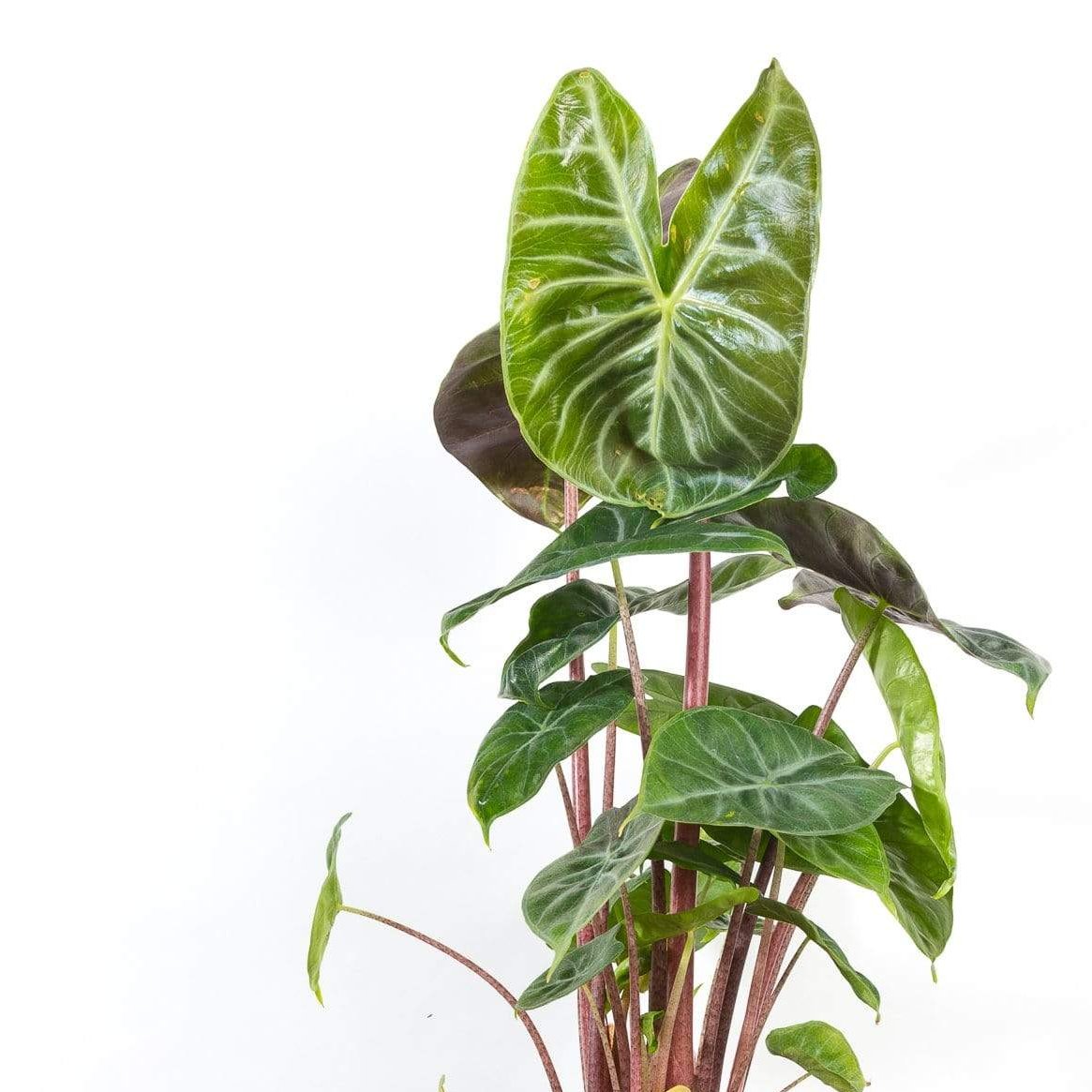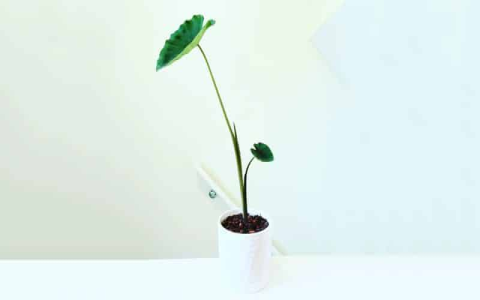Alright, let’s talk about my little jungle friend, the Alocasia. I picked up this beauty a while back, and let me tell you, figuring out its watering needs has been a bit of a journey. But hey, that’s part of the fun of being a plant parent, right?
Getting Started
First off, I potted my Alocasia in a well-draining soil mix. I learned the hard way with other plants that soggy soil is a big no-no. So, I made sure to use a mix that lets the water flow through nicely. It’s like giving your plant a nice, airy home for its roots.

Figuring Out the Watering Schedule
Now, the tricky part – watering. I read somewhere that Alocasias like their soil to be consistently moist but not waterlogged. Sounds simple enough, but what does that really mean in practice? I started by checking the soil every few days. I stick my finger about 2-3 inches into the soil, and if it feels dry, it’s time to water. I’ve gotten pretty good at gauging it now, but it took a bit of trial and error, not gonna lie. One time I watered it too much and it sat in soggy soil for a few days, and it got pretty stressed. I saw the leaves droop a little bit, and I knew I had messed up. Luckily I caught it in time and it bounced back.
The Watering Process
When it’s time to water, I give the plant a good soak. I pour water slowly over the soil until I see it draining out from the bottom of the pot. I make sure not to leave the pot sitting in a puddle of water, though. That’s just asking for root rot, and nobody wants that. After a few times I noticed my alocasia was putting out new leaves like crazy, and it even bloomed! I heard somewhere that alocasia blooms can take a lot of energy, so I just let it do its thing and made sure I was consistent with my watering.
Adjusting for the Seasons
- One thing I noticed is that my Alocasia’s watering needs change with the seasons.
- In the summer, when it’s warmer and the plant is actively growing, I water it more frequently.
- But in the winter, it goes through a bit of a dormant period, so I cut back on the watering.
- The soil takes longer to dry out, and I don’t want to drown the poor thing.
Paying Attention to the Plant
At the end of the day, it’s all about paying attention to your plant. I keep an eye on the leaves – if they start to droop or turn yellow, it could be a sign of overwatering or underwatering. It’s like the plant is talking to you, you just have to learn its language. And let me tell you, it’s so rewarding when you see your Alocasia thriving because you’ve figured out what it needs.
So, that’s my experience with watering my Alocasia. It’s been a learning curve, for sure, but it’s totally worth it. These plants are such drama queens, but they’re also so beautiful. Just remember to check the soil, give it a good soak when it’s dry, and adjust for the seasons. Happy growing, folks!





















